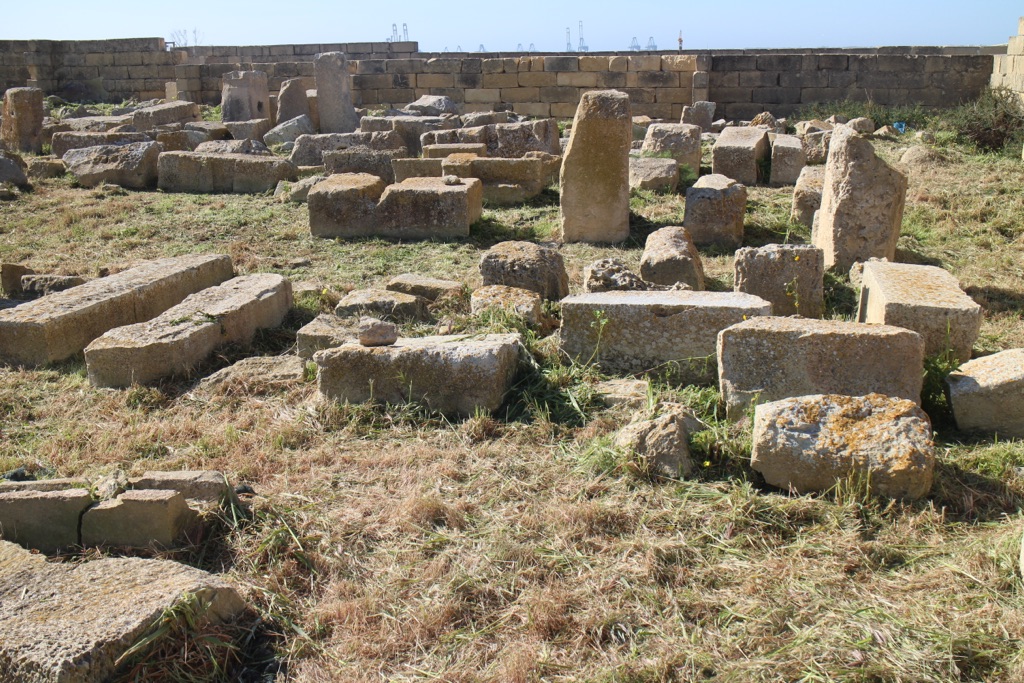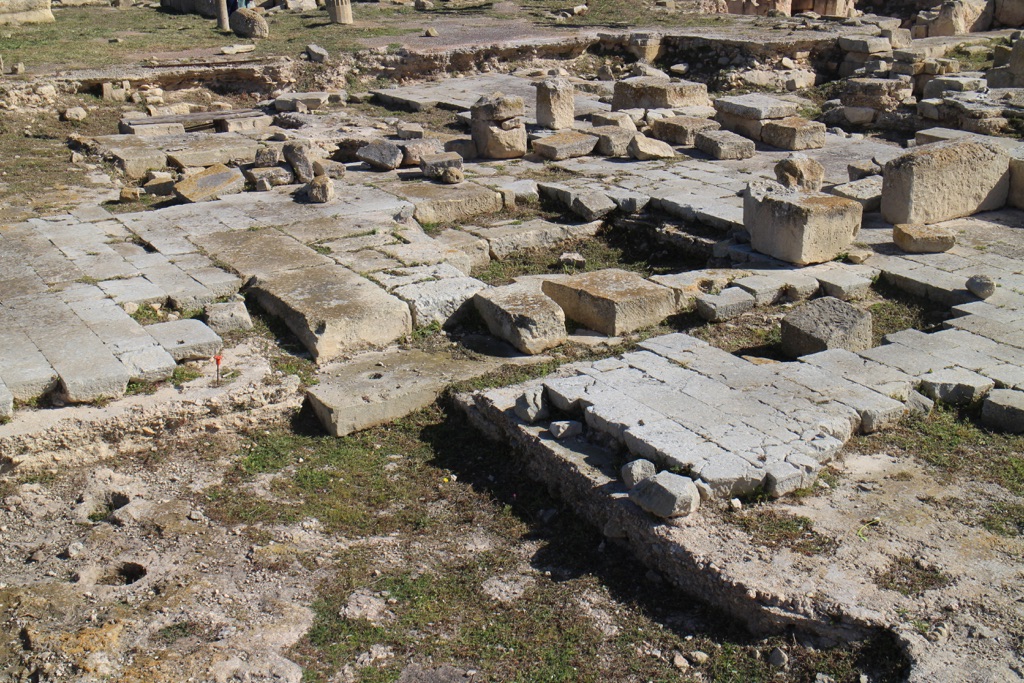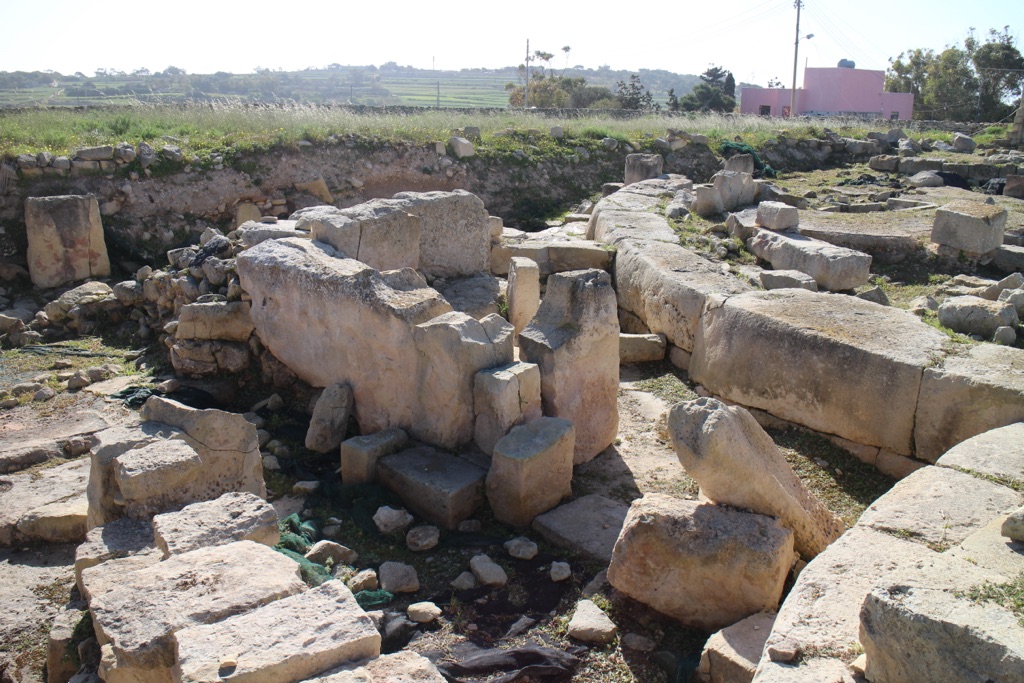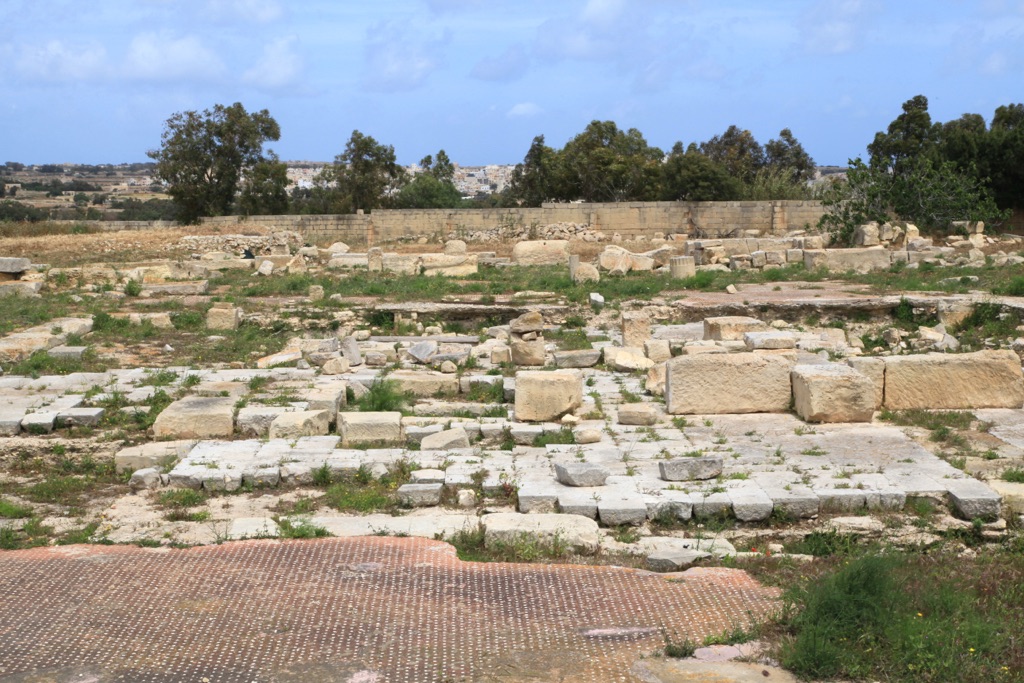Xrobb l-Għaġin Temple: A Testament to Malta’s Prehistoric Past
The Xrobb l-Għaġin Temple, situated within the confines of Marsaxlokk, Malta, represents a significant yet enigmatic chapter in the archipelago’s prehistoric era. Discovered in 1913 and subjected to initial excavations between 1914 and 1915, this megalithic temple has endured the ravages of time, with coastal erosion believed to have obliterated much of its structure in the 20th century. However, recent investigations have unveiled that remnants of the temple still persist, alongside another previously undocumented megalithic structure.
Get your dose of History via Email

Site Characteristics
The architectural layout of the Xrobb l-Għaġin Temple adheres to the conventional temple design prevalent during Malta’s prehistoric period, featuring two apses and a central niche. An artificially constructed terrace, necessitated by the steep gradient of the terrain, fronts the temple, which boasts a southeast-facing entrance. The earliest archaeological evidence in the vicinity dates back to approximately 4000 BC, with the temple’s construction estimated between 3600 and 3000 BC, aligning with the Ġgantija phase of Maltese prehistory.

Excavations and Discoveries
The temple’s discovery was made by Carmelo Rizzo, an architect, who, along with archaeologist Themistocles Zammit, first visited the site on April 10, 1913. Subsequent excavations led by Zammit and A. V. Laferla unveiled the core structure of the temple, while a later excavation directed by Thomas Ashby in May 1915 yielded a clay bowl, slingstones, and a decorated slab, now housed in the National Museum of Archaeology in Valletta. Despite these findings, the temple was believed to have succumbed to coastal erosion, with its exact location becoming obscured over time.
The temple’s precise site was re-identified between 2012 and 2015 by Ruben P. Borg and Reuben Grima, who rediscovered megaliths recorded by Ashby in 1915. Additionally, on February 7, 2015, previously unrecorded megaliths were found in a nearby gully, suggesting the presence of another megalithic structure, possibly a monumental retaining wall. The origins of this wall remain speculative, with theories suggesting it could either be a contemporary structure utilizing temple megaliths or a later addition.

Preservation Efforts
In 2017, the Maltese government announced the formation of an inter-ministerial committee dedicated to the preservation of the Xrobb l-Għaġin Temple remains. The site, now accessible to the public, falls within the Xrobb l-Għaġin Nature Park, managed by Nature Trust Malta. Despite its historical significance, the temple’s location at the edge of an undercut cliff face poses significant risks to visitors, underscoring the challenges associated with preserving and accessing Malta’s prehistoric heritage.
The Xrobb l-Għaġin Temple serves as a poignant reminder of Malta’s rich prehistoric past, offering invaluable insights into the architectural and cultural practices of its ancient inhabitants. Despite the threats posed by natural and human-induced factors, ongoing research and preservation efforts continue to unveil the mysteries enshrouded within this megalithic monument.

Sources:

